The 1970 Mercury Cyclone Spoiler was built with a stopwatch in mind and NASCAR in its blood. While it never grabbed the spotlight like some of its big-block rivals, this limited-run performance coupe was packed with serious hardware. Underneath the dramatic styling was a machine built to chase laps—and maybe make a name for Mercury while it was at it.
It Was Designed With NASCAR in Mind
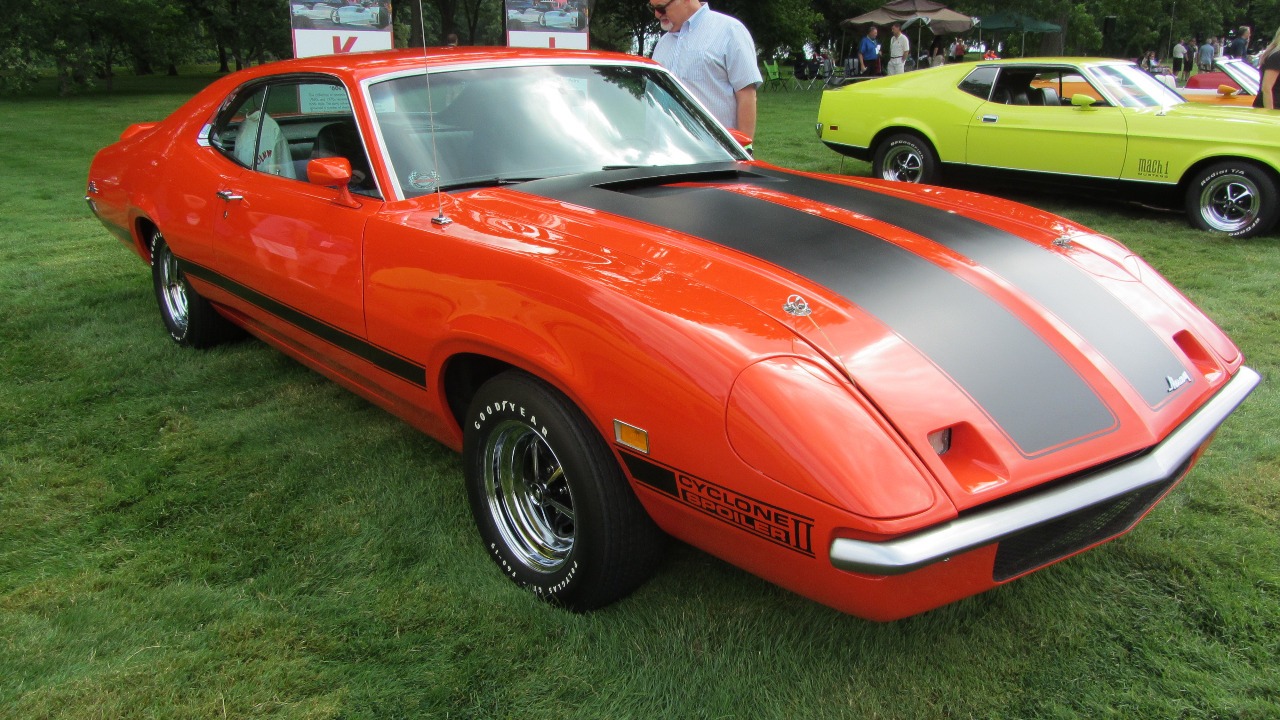
Mercury developed the Cyclone Spoiler as part of its NASCAR homologation efforts. The goal was to create a street version that mirrored what the factory teams were running on superspeedways. The sloped nose and integrated rear spoiler weren’t just for looks—they were designed to cheat the wind. Mercury’s focus on aerodynamics made the Spoiler a serious player, even if it didn’t rack up wins like Dodge or Ford.
The 429 Super Cobra Jet Was the Real Deal

Buyers could spec the Cyclone Spoiler with the 429 Super Cobra Jet, a heavy-hitting big block rated at 375 horsepower and 450 lb-ft of torque. It came with a 780 CFM Holley carb, four-bolt mains, solid lifters, and a mechanical rev limiter. Backed by a close-ratio Toploader 4-speed and a 3.91 Traction-Lok rear, the SCJ setup gave it quarter-mile potential right out of the box.
Ram Air Was Standard Equipment
The Cyclone Spoiler came standard with functional Ram Air induction. The twin scoops on the hood weren’t just for intimidation—they channeled cool air straight to the air cleaner. Combined with the Super Cobra Jet engine, this setup ensured the Spoiler stayed cool under pressure while delivering stronger throttle response. Mercury made sure this wasn’t just another styling package.
The “Drag Pack” Option Took It Further
Order the optional Drag Pack and Mercury upgraded the Spoiler with a 3.91 or 4.30 rear axle, engine oil cooler, and heavy-duty components for sustained high-RPM abuse. It was the same hardware you’d find in Ford’s performance packages of the era. If you were serious about drag racing, this was the must-have combo—and it was rare.
Styling Set It Apart From the Fairlane
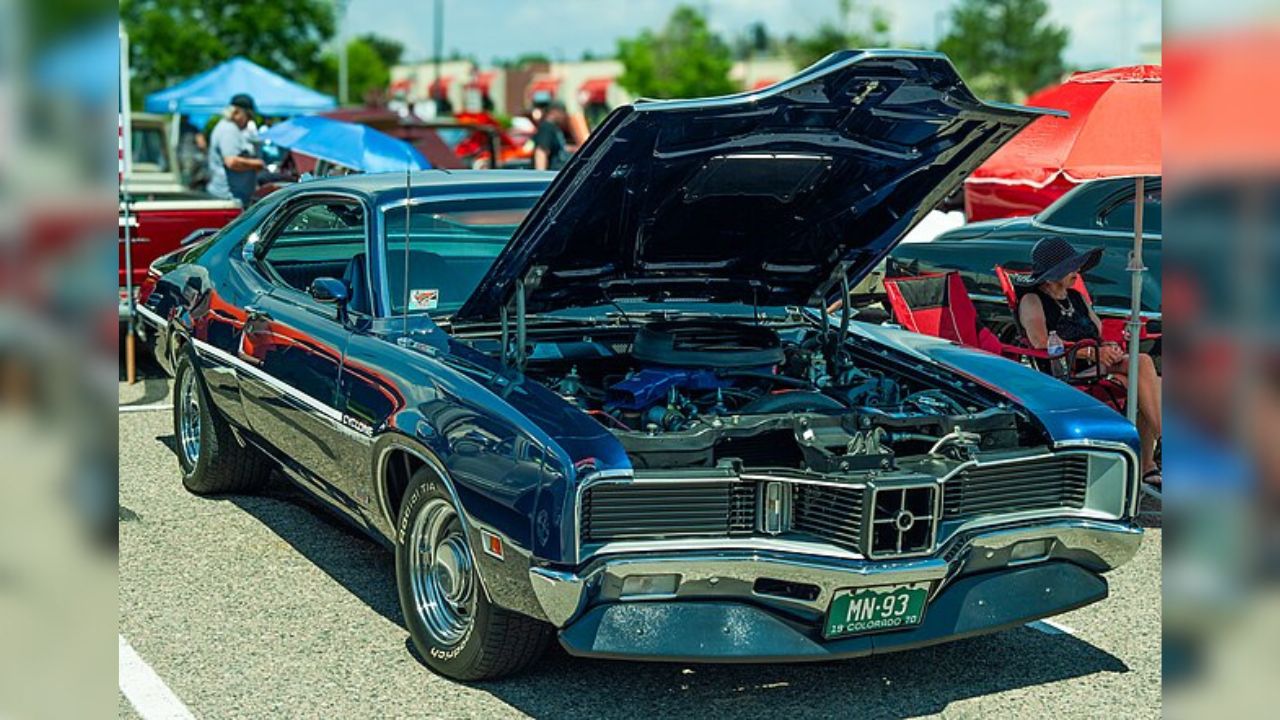
Though based on the same platform as the Ford Torino and Fairlane, the Cyclone Spoiler had a look all its own. Its unique grille, fastback profile, and integrated rear spoiler gave it a more aggressive silhouette. The stripe package and hidden headlights completed the look, making it clear this wasn’t just a re-badged Ford.
Bucket Seats and Tach Came Standard
Inside, the Spoiler offered bucket seats, a floor-mounted shifter, and a 140-mph speedometer paired with an 8,000-rpm tach. The cockpit was driver-focused without being flashy. Vinyl and trim options were limited, signaling this car was more about speed than comfort. It was ready for the track, but livable enough for daily use.
Production Numbers Stayed Low
Mercury only built about 1,631 Cyclone Spoilers in 1970, including the 429 SCJ models. The limited numbers, coupled with its niche appeal, meant few people knew what it was then—and even fewer remember it now. That makes surviving examples highly collectible today, especially those with the SCJ and Drag Pack combo intact.
It Marked the End of an Era
By 1971, emissions regulations, insurance crackdowns, and changing market tastes were already reshaping the muscle car landscape. The Cyclone nameplate survived another year, but the hardcore Spoiler trim faded away. The 1970 version remains the last time Mercury leaned hard into performance with real track-ready intent.
Like Fast Lane Only’s content? Be sure to follow us.
Here’s more from us:
*Created with AI assistance and editor review.

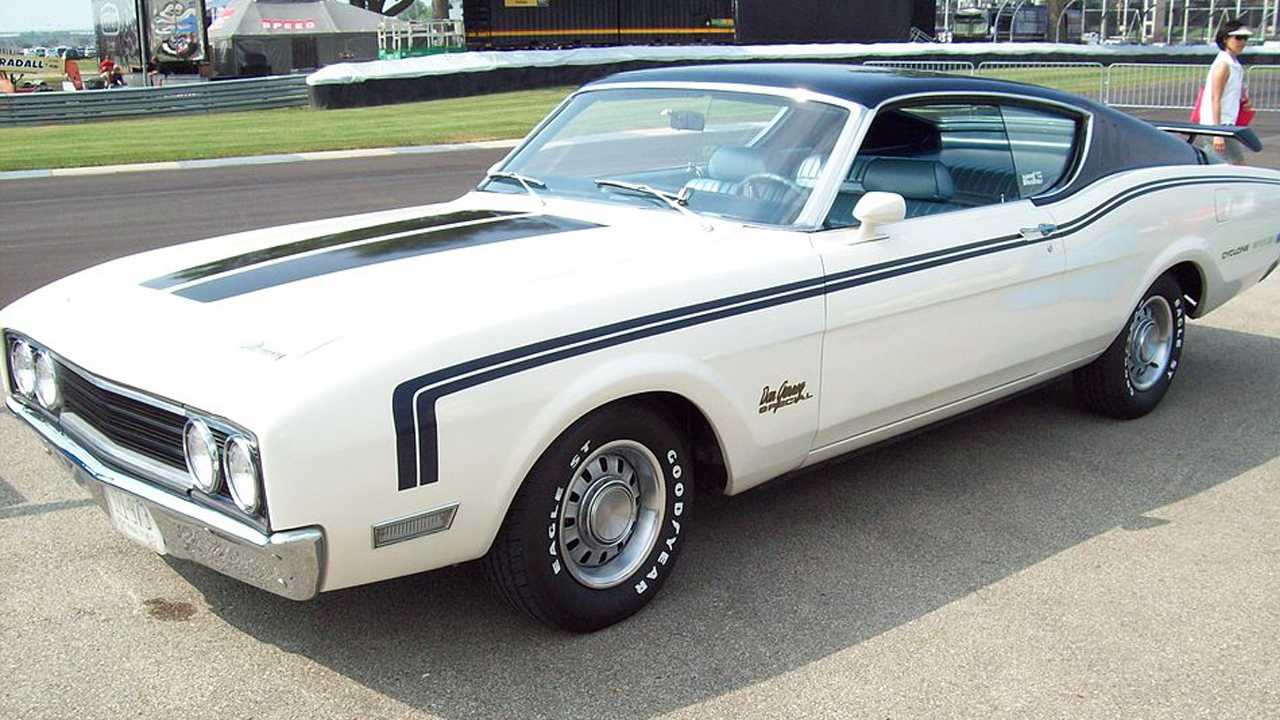
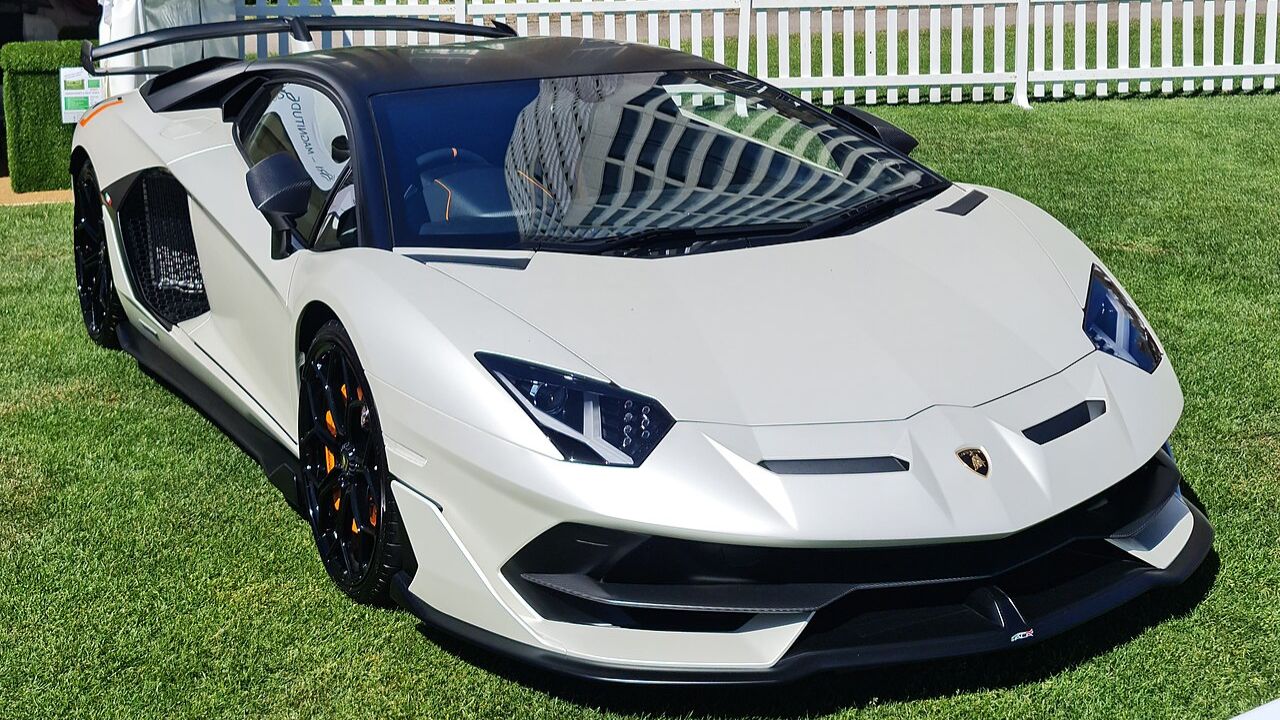
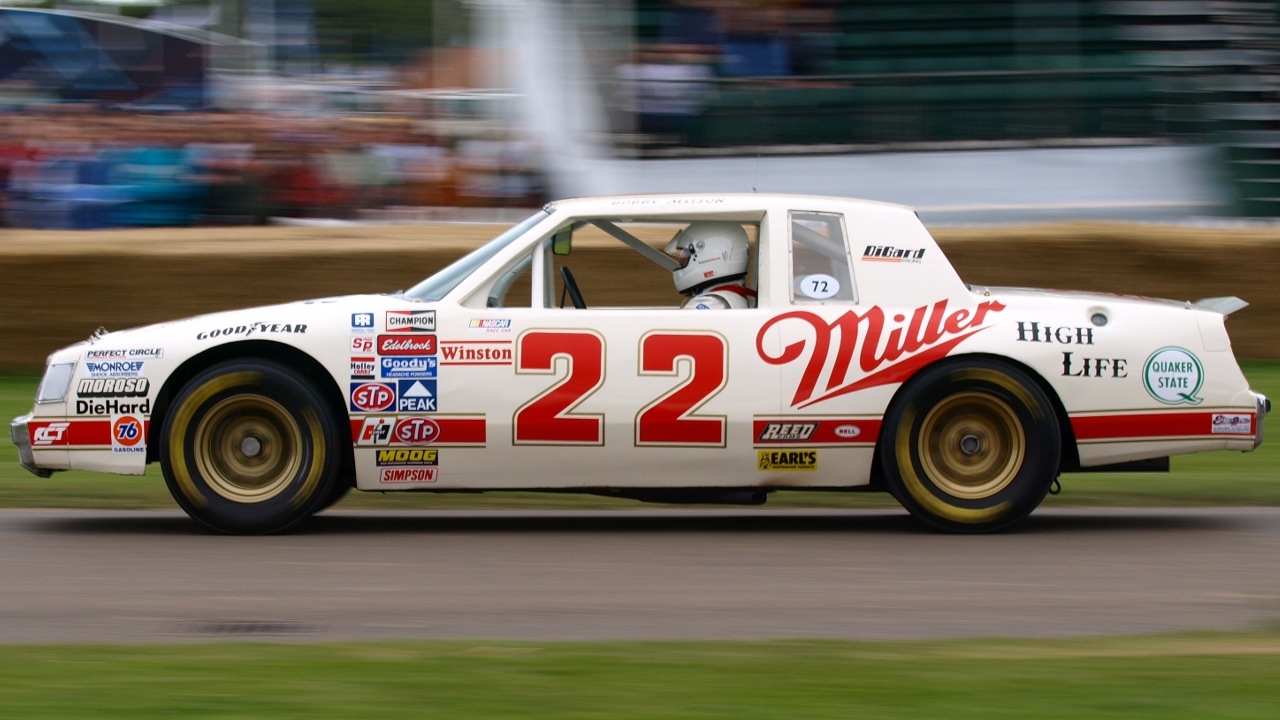
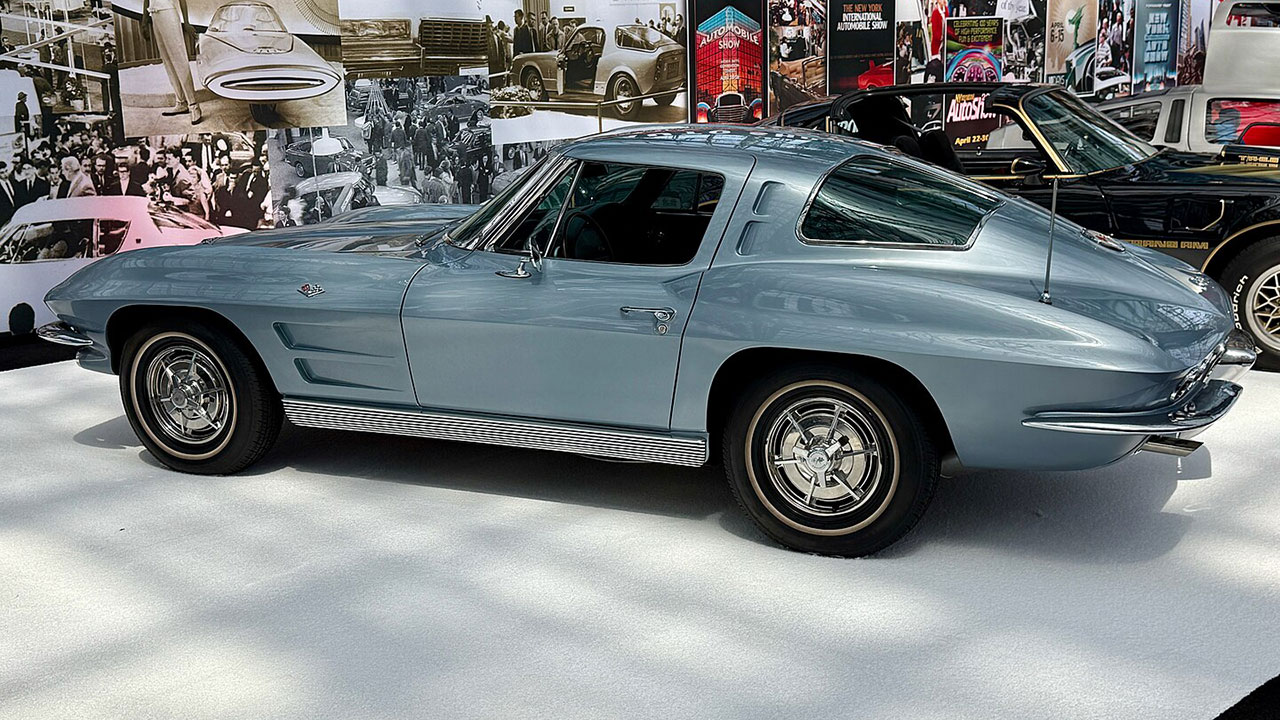
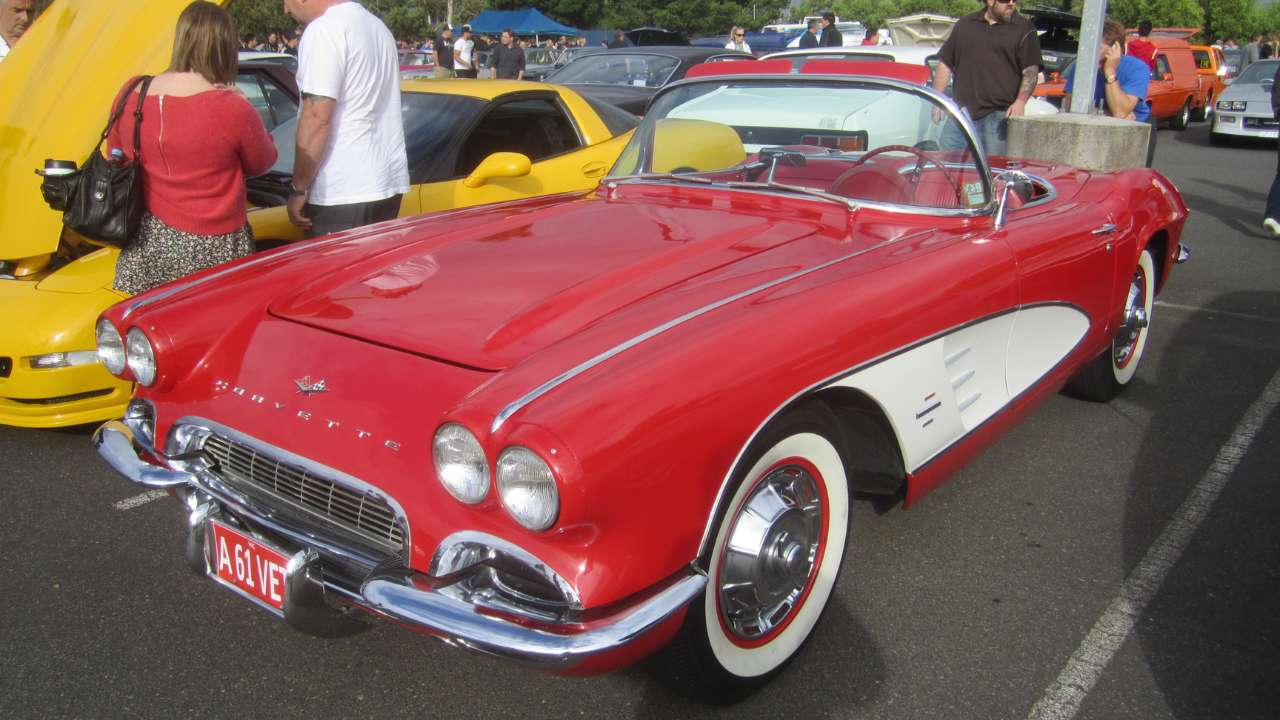
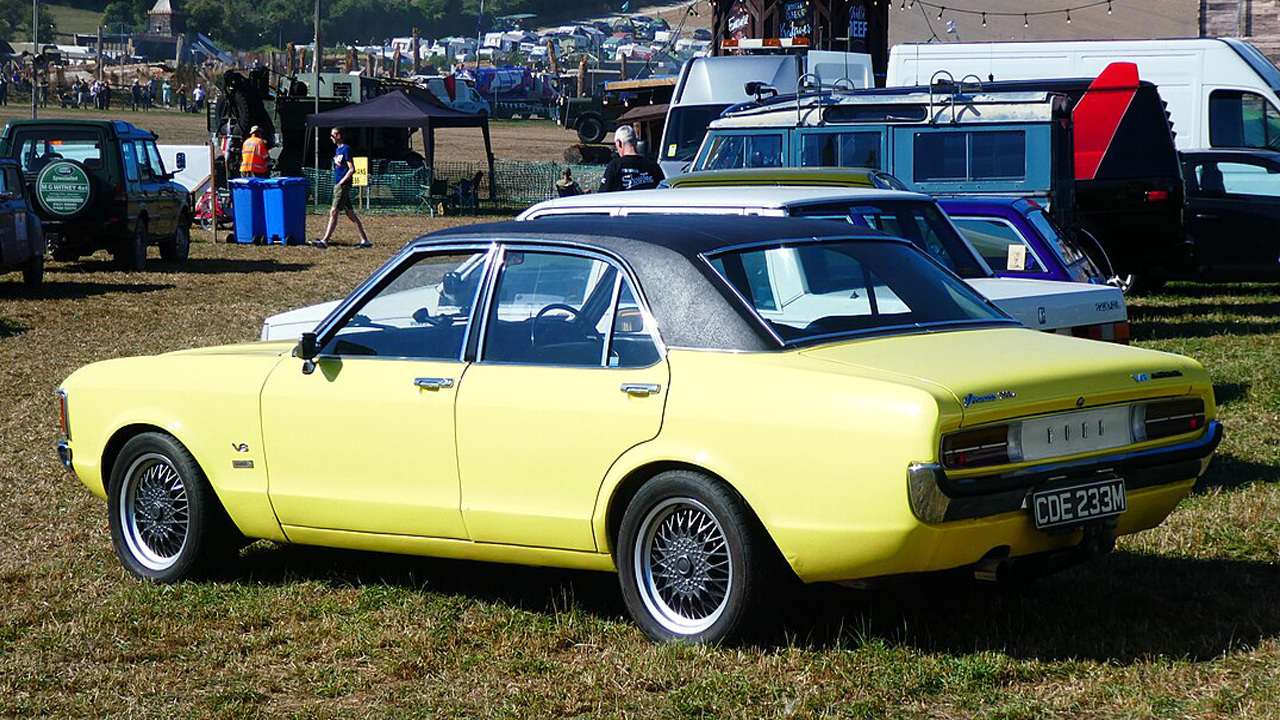
Leave a Reply